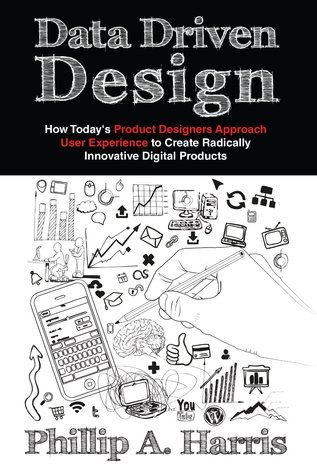
Hooked: How to Build Habit-Forming Products
Book Description
What if the secret to creating products that captivate and retain users lies within a simple formula? "Hooked: How to Build Habit-Forming Products" unravels the blueprint behind the most addictive technology of our time, revealing the psychological triggers that keep people coming back for more. Through the compelling stories of successful brands and innovative strategies, Eyal takes you on a journey into the minds of consumers, illustrating how products can intertwine with daily habits. As the lines between need and desire blur, how will you ensure your creation doesn’t just capture attention, but also cultivates loyalty?
Quick Book Summary
"Hooked: How to Build Habit-Forming Products" by Nir Eyal unveils a practical framework for designing products that become integral to users' daily lives. Drawing from behavioral psychology, Eyal introduces the "Hook Model," a four-step process that companies use to encourage user engagement and habit formation: Trigger, Action, Variable Reward, and Investment. By dissecting how successful products like Facebook and Instagram hook millions, Eyal explores both the ethical implications and the immense potential in designing habit-forming technology. The book blends theory, case studies, and actionable advice, equipping entrepreneurs, designers, and marketers with strategies to not only attract users but keep them coming back for more, ultimately creating enduring, valuable products.
Summary of Key Ideas
Table of Contents
The Hook Model: A Four-Step Process
At the heart of "Hooked" is the Hook Model, a cyclical process with four key phases: Trigger, Action, Variable Reward, and Investment. Triggers spark user engagement, actions are the behaviors users perform, variable rewards create anticipation, and investment increases the likelihood of returning. This model reveals how products can transform into habits by moving users through these stages repeatedly, cementing new behaviors over time.
The Mechanics of Triggers and Actions
Triggers play a pivotal role in starting the habit loop. External triggers, such as notifications or ads, prompt initial engagement. Over time, repeated exposure to these external cues leads users to develop internal triggers—emotions or thoughts that subconsciously drive them to the product. Eyal emphasizes designing products that transition from dependence on external triggers to forging powerful internal associations that keep users returning without prompts.
Variable Rewards as Motivation
Actions are the simple behaviors a user must take in response to a trigger. Success relies on minimizing friction—making the desired action as effortless as possible. Drawing on B.J. Fogg’s behavior model, Eyal explains that for an action to occur, motivation and ability must converge. High motivation and easy actions foster habit formation, so designers should continuously streamline their products to reduce steps and obstacles.
User Investment and Commitment
Variable rewards are the engine of the Hook Model. By delivering unpredictable, satisfying outcomes—such as social validation, points, or content—products tap into users’ innate craving for novelty. This unpredictability keeps users engaged, creating a cycle of seeking and receiving rewards, much like slot machines or social apps. Balancing novelty with reliability is key to sustaining interest.
Ethical Product Design
Investment involves asking users for a small commitment—time, personal information, or effort—which increases the odds of returning. Each investment raises the perceived value of the product and sets up future triggers. Eyal argues that habit-forming products should responsibly harness this process. He encourages creators to balance commercial goals with ethical obligations, ensuring products improve users’ lives while avoiding manipulation or negative consequences.
Download This Summary
Get a free PDF of this summary instantly — no email required.





